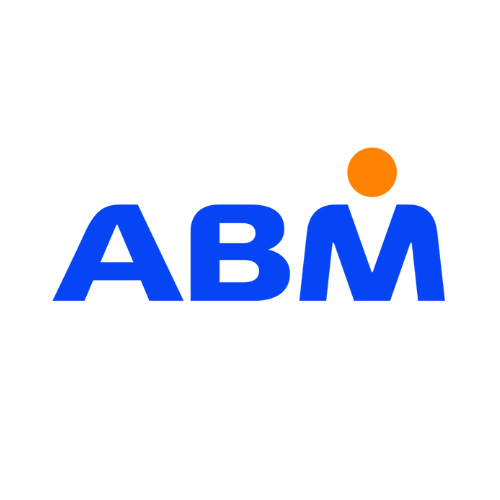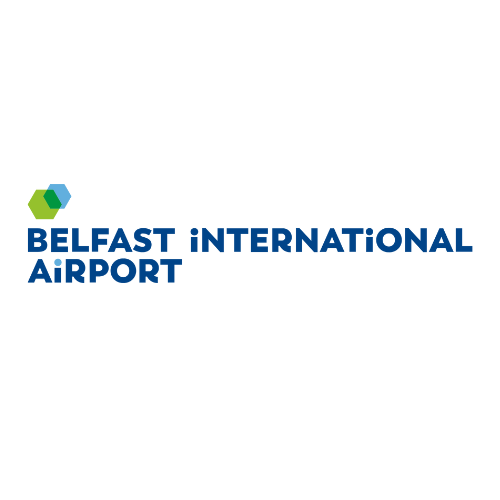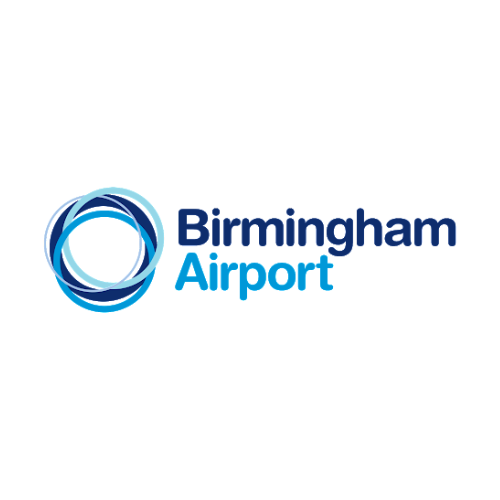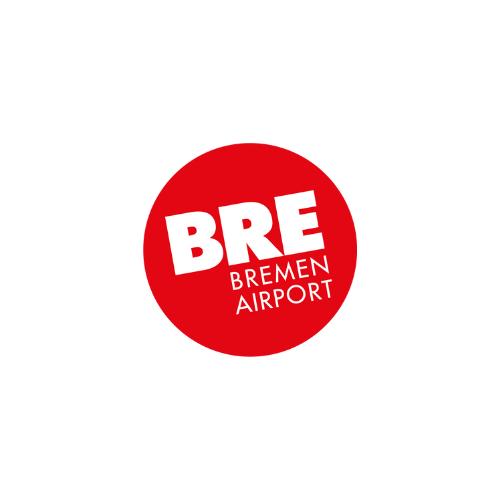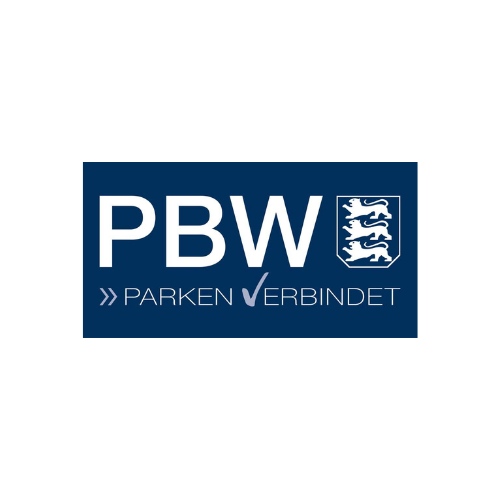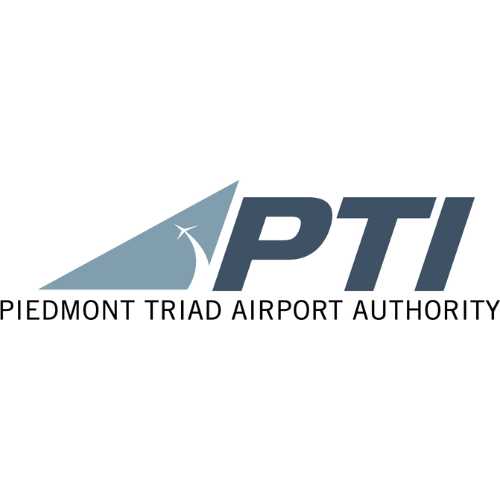The Internet is the undisputed go-to place to find information and, over the years, shopping has also increasingly been moving online. Statista predicts that ecommerce will reach a share of 38.1% of all retail sales in the UK by the end of 2025, up from 32.5% in 2020. Globally the figure is at 19% and forecasted to rise to 25% by 2027. There’s no telling where this growth might end.
While high-street retailers have seen profits plunge, the travel and hospitality industries, as well as service and experience providers, are uniquely placed to take advantage of the digital and ecommerce boom.
The best marketing strategy for any industry involves putting the customer first and engaging with them on a personal level at every stage of the customer journey. With email continuing to out-perform other marketing channels, personalised email marketing is key to driving customer engagement.
Successful email marketing campaigns can improve brand awareness, offer special promotions to customers, increase customer retention, and can be deciding factors when a customer chooses to make a purchase.
Email marketing and the customer journey
The journey a customer takes when engaging with various services — whether booking a holiday, attending an event, or visiting a healthcare facility — falls into seven distinct stages relevant to an email marketing campaign:
- Active evaluation: Often triggered by the desire to experience something new or solve a specific need (commonly known as the “I want to get away” moment), this stage begins with research. Customers compare providers and gather information on options, pricing, and availability across different platforms. Remember, email still delivers better for customer acquisition than any other channel. It’s 40 times more effective at acquiring new customers than Facebook or Twitter.
- Moment of purchase: This is when the customer makes the decision to book. Again, email is a powerful tool, generating the highest ROI for marketers. For every $1 spent, email marketing can return an impressive $36 in ROI.
- Pre-event engagement: In the lead-up to the event or visit — whether it’s travel, a concert, or a medical appointment — customers often anticipate the experience and make final preparations. This is an opportunity to begin building relationships with valuable pre-event information. Emails can include essential details about what to expect, last-minute offers, and personalised recommendations based on the customer’s previous interactions. Hotels can use this time to send personalised emails with information about local attractions, dining options, and special events happening during their stay. Conference centres can provide attendees with schedules, speaker highlights, and networking opportunities.
- On-site experience: During the actual experience — whether at a hotel, stadium, or conference — customers engage with the service. Email marketing can bridge the gap between online interactions and real-world experiences. For example, hotels can send emails with last-minute upgrades or special dining offers, while event organisers can provide updates about sessions or changes in the schedule.
- Post-event follow up: After the experience, welcoming customers back with a thoughtful email can reinforce positive feelings. This could include a thank-you note, a request for feedback, or a special offer for future bookings. For healthcare facilities, follow-up emails can provide important health information or reminders for follow-up appointments. This is also an excellent time for gathering customer feedback.
- Loyalty loop: Building long-term relationships is essential for repeat business. Using data gathered from past interactions, organisations can segment customers and send highly personalised communications that encourage loyalty. For instance, hotels might send exclusive offers to returning guests, conference centres can invite past attendees to early registration for upcoming events, and airports can invite passengers to loyalty programs that offer points for spending on various services, such as dining, shopping, and parking.
- Re-engagement campaigns: The customer journey also includes those potential customers who decided to book elsewhere. These potential customers can be targeted with email campaigns designed to re-engage these customers, offering incentives or highlighting new features that may attract them back.
Strategies for successful email marketing
Marketing emails are different from regular emails. They don’t just share information — they’re designed to drive engagement that supports your business and leads to more bookings, but without being pushy and off-putting.
The most productive email marketing campaigns have an authentic tone, clear focus, and contain information that offers value to the recipient.
Make it personal
Your customers will respond to an email that conveys information in a personal and personable way. Imagine you’re having a face-to-face conversation. How would that feel? The recipient should feel like the email is speaking directly to them.
Use a relevant subject line
The most important thing to remember when choosing a subject line is that it should give the reader a clear idea of what to expect when they open the email. According to Sender, personalisation works here too: Emails with personalised subject lines are 20.66% more likely to be opened.
The pre-header text is like a sub-header or second subject line. It gives you a further opportunity to entice the reader to open the email. Use this to your advantage with engaging text that draws the recipient to the content of the email.
Keep it simple
The content of your email should be clear and concise with one single focus. Think picture, paragraph, call to action (CTA). The email should be easy to read and centre around a single CTA, which can appear several times within the email.
Don’t distract the reader
Emails should only include information that helps the reader to complete the action you want to initiate. Remove anything that distracts from the action you want the reader to take to find the ideal length for your email.
Remember: If content is not helping the reader to answer the CTA, it’s a distraction.
Plan to send more than one email
Email marketing campaigns generally include a series of three emails around a promotion: an announcement, a reminder and a ‘last chance to buy’. There are around 360 billion emails sent every day, so you can’t expect your campaign to hit home in a single mailshot.
Send your marketing emails with Rezcomm
If you’re looking to enhance your email marketing efforts, Rezcomm can help. Our platform provides tools that enable you to create personalised email campaigns that effectively engage your customers throughout their journey.
Whether you want to improve brand awareness, drive conversions, or foster long-term relationships, we’re here to support you. Get in touch for more information on how Rezcomm can assist with your email marketing strategy.
